Description
WWI 93rd Aero Squadron PVC Patch
Aviators! Are you looking for a high-quality patch you’ll proudly wear or display? Look no further than the WWI 93rd Aero Squadron Patch!
-
- 3″ patch
- PVC
- US Naval Aviator Owned Business
- Hook and Loop
- Free Shipping
The 93d Aero Squadron was an Air Service, United States Army unit that fought on the Western Front during World War I.
The squadron was assigned as a Day Pursuit (Fighter) Squadron as part of the 3d Pursuit Group, First United States Army. Its mission was to engage and clear enemy aircraft from the skies and provide escort to reconnaissance and bombardment squadrons over enemy territory. It also attacked enemy observation balloons, and perform close air support and tactical bombing attacks of enemy forces along the front lines.[6] After the 1918 Armistice with Germany, the squadron returned to the United States in March 1919 and was demobilized.[2][7]
The current United States Air Force unit which holds its lineage and history is the 93d Bomb Squadron, assigned to the 307th Operations Group at Barksdale Air Force Base, Louisiana
On 26 July the squadron was designated as a Pursuit squadron and assigned to the Toul Sector, being stationed at Vaucouleurs Aerodrome. There the 93d was assigned to the 3d Pursuit Group, also known as the “Lafayette Group”. The squadron began to receive SPAD VII pursuit planes and began receiving trained pilots. Although very under-equipped, the 93d Aero Squadron (Pursuit), began flying familiarization patrols beginning on 11 August. On 12 August, Lieutenants Meyer, Wright and Rummell went over the lines into enemy territory for the first time, flying from Apermont to Pont-a-Mousson, however no enemy planes were found. Additional patrols were flown during the next few days, all returned with “nothing to report”.[2]
On 17 August 1918 the 93d Squadron was reminded that there was a war in progress when Lieutenants Meyer, Rummell and Wright met five enemy Albatross aircraft north of Pont-a-Mousson in a heavy mist. Squadron pilots attacked the enemy at some distance, and the enemy, believing our planes were part of a larger patrol, retired towards their airdrome at Metz. On the 19th, Lt Thaw of the 135th Aero Squadron took off for Orly Field in a Dayton-Wright DH-4 with Flight Commander Meyer from the squadron as a passenger. During the trip, something went wrong with the DH-4’s controls and the plane went into a spin, crashing, killing Thaw and breaking both of Meyer’s legs.[2]
The beginning of September brought increasing activity to the squadron, as the First Army was organized and concentrated in the Saint-Mihiel Sector for its first independent operation. During the buildup period, in not to call attention of the enemy, the squadron was ordered to avoid crossing the lines and to fly in small formations. The idea was to strike hard when everything was ready. On 11 September all was in readiness and a three-hour artillery bombardment was made the next morning. All planes that could be made serviceable were readied on the line with engines running at 04:45, with pilots being ready to take off at 05:00. Orders were given for the squadron to fly with a patrol of 6 aircraft to attack with machine guns a column of German infantry on the road between Chambley and Waverly. The planes took off in low clouds and in spite of Anti-Aircraft Artillery fired by the Germans, the squadron carried out its mission and completely demoralized the Germans. They had no expectation of an air attack so far behind their lines.[2]
The squadron continued its attacks on a daily basis during the offensive, and on 13 September at about 17:00, after escorting an observation mission behind German lines, the squadron became someone split up. Lt. D’Olive met a patrol from the 103d Aero Squadron, just as the latter was about to attack some enemy aircraft. D’Olive attacked one Fokker with Lt Furlow of the 103d, and last saw the German aircraft spinning out of control. They both then climbed quickly and attacked a second Fokker, with the enemy aircraft crashing near St. Benoit. Lt. D’Olive then attacked a third German aircraft and followed his adversary down until he saw it crash near the second plane. With three planes to his credit that day, he returned to Vaucouleurs, where his actions led to his recommendation for the Distinguished Service Cross. That same day, the 93d shot down an additional four enemy aircraft.[2]
The squadron also strafed enemy infantry forces in Vegneuvilles, St. Renois, Dampvitoux as well as Chambley. Columns of infantry and vehicles were attacked on roads as well as troop concentrations that were observed. With the end of the offensive on 19 August, air activity slowed down, while First Army re-equipped and re-armed for a new offensive, and also partly because of bad weather. On 21 September the 3d Pursuit Group moved to Lisle-en-Barrois Aerodrome, where it made ready for a new offensive on the Verdun front. There the squadron was re-equipped with more powerful and capable SPAD XIIIs, that also had a bombing capability. On the 25th, the 93d carried out its first bombing patrol, however dense fog near the lines forced it to turn back. Lt Wright, started back and over Verdun wanted to see his bombs explode. Him and Lts. Rummer and Mertz were met by heavy enemy machine gun fire from the ground, but Lt Wright was able to drop his bombs and safely turned back. However, Lt. Merz was hit in the leg, and spent the rest of the war in hospital.[2]
On 26 September First Army began its great offensive near Verdun, and in response the German Air Service responded, very much reinforced. The squadron saw enemy aircraft patrolling and escorting reconnaissance planes in the region of Etain, and the patrol had a narrow escape. During the offensive, squadron pilots inflicted heavy losses upon enemy aircraft and balloons. As its pilots gained domination of the air, their responsibilities were expanded to include protection of ground forces, strafing of enemy troops and bombing of targets that could be observed within enemy lines.[2]
The 93d Aero Squadron moved on 5 November to Foucaucourt Aerodrome, however weather conditions limited its operations to below the clouds and to attacks on enemy infantry forces on the ground. Combat operations continued until the Armistice with Germany was signed and combat ended on 11 November 191
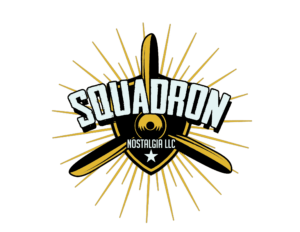
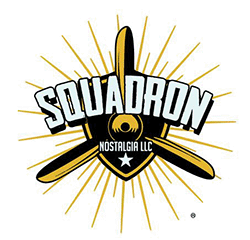
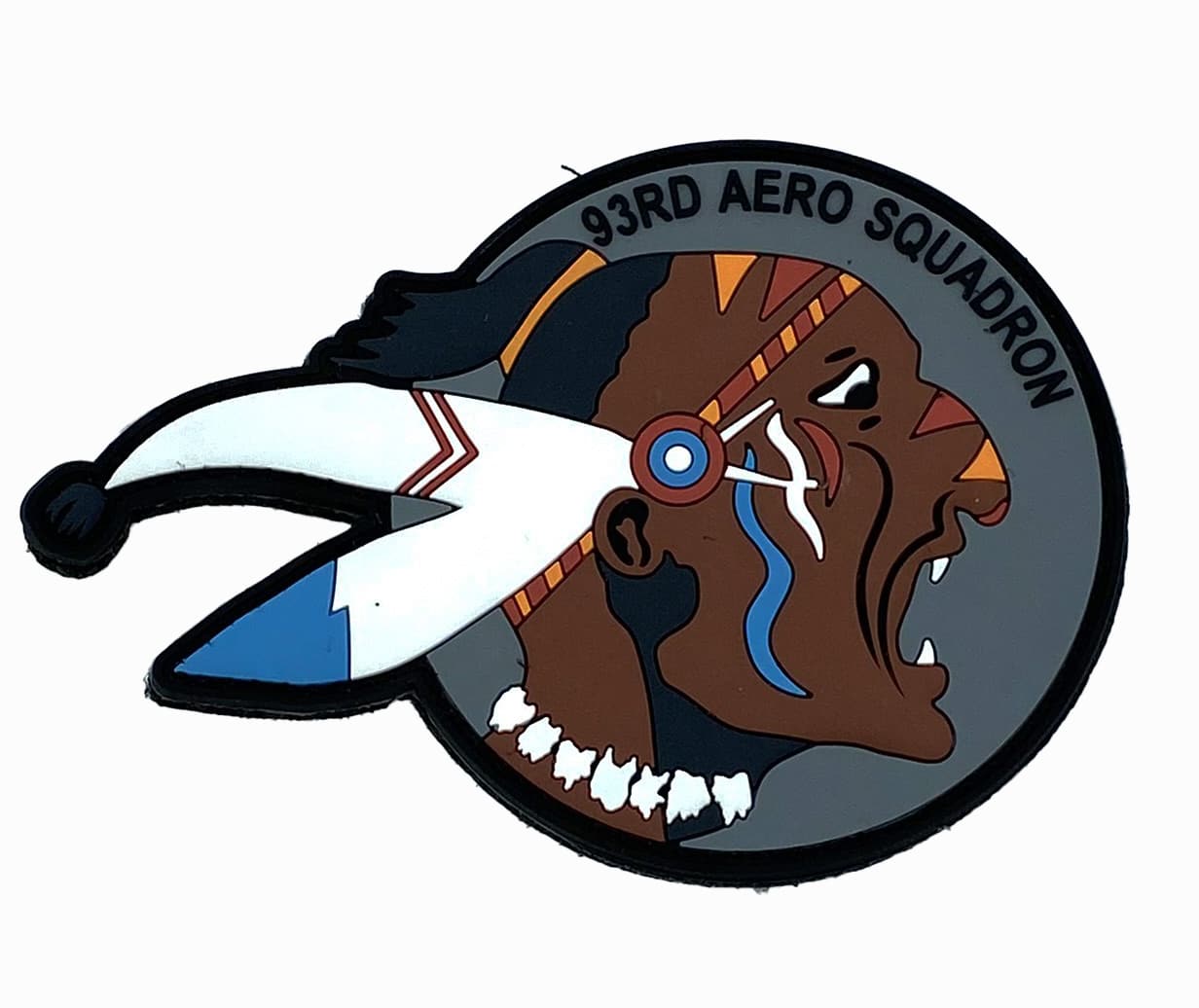
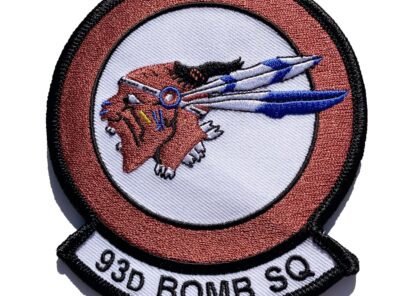
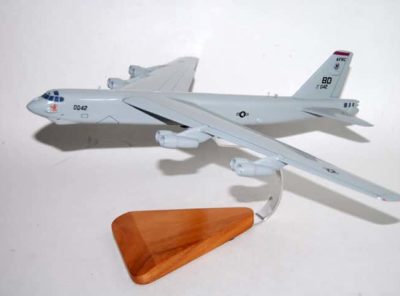
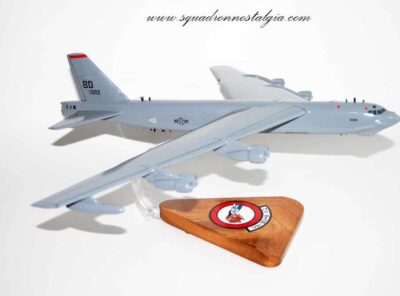
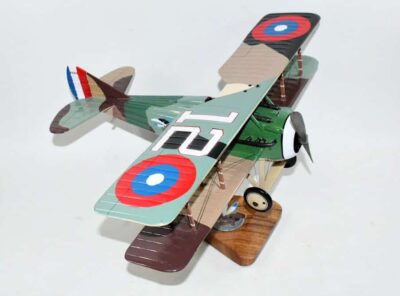

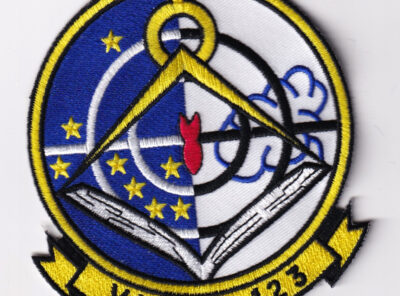
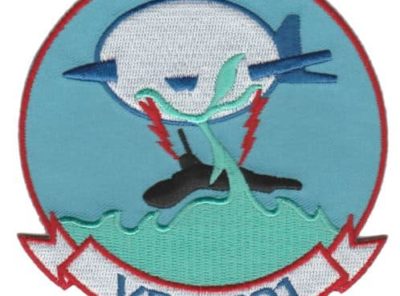
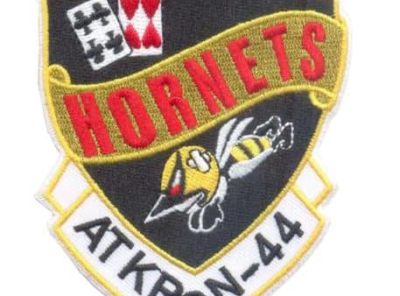
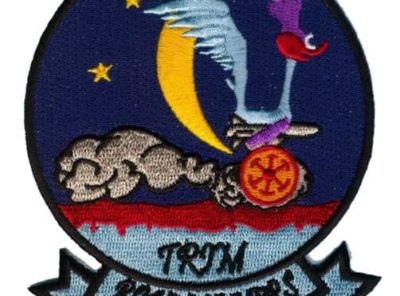
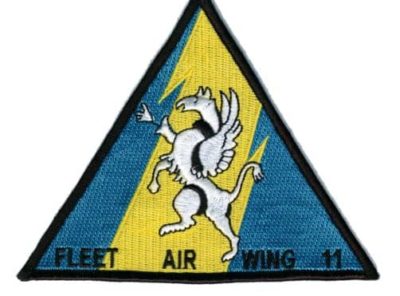
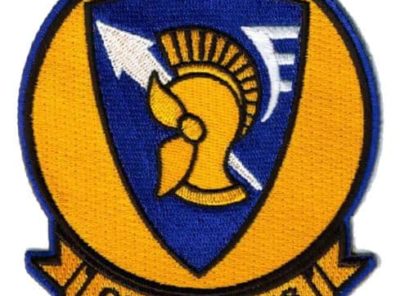
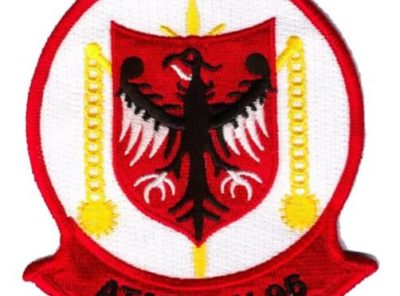
Reviews
There are no reviews yet.